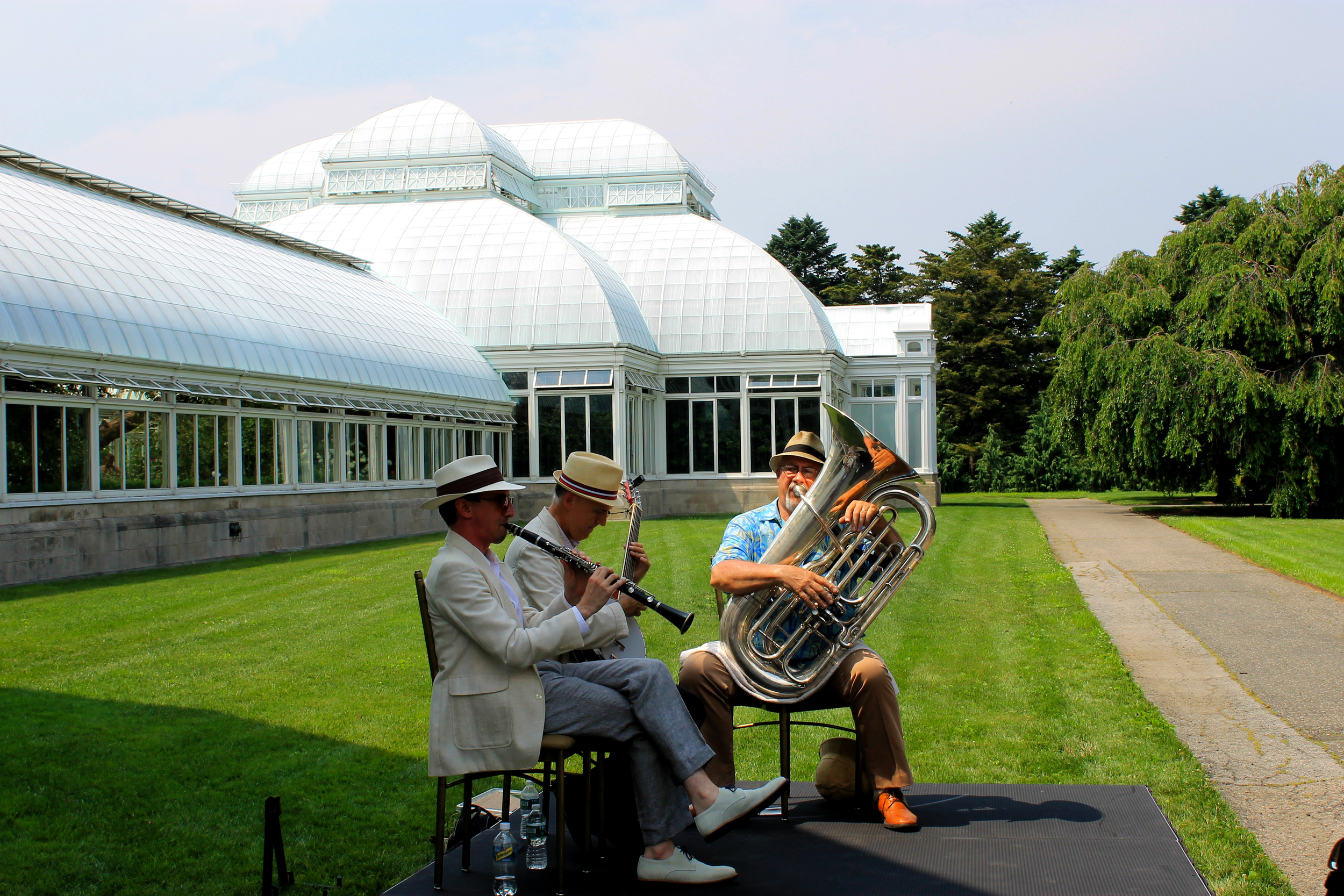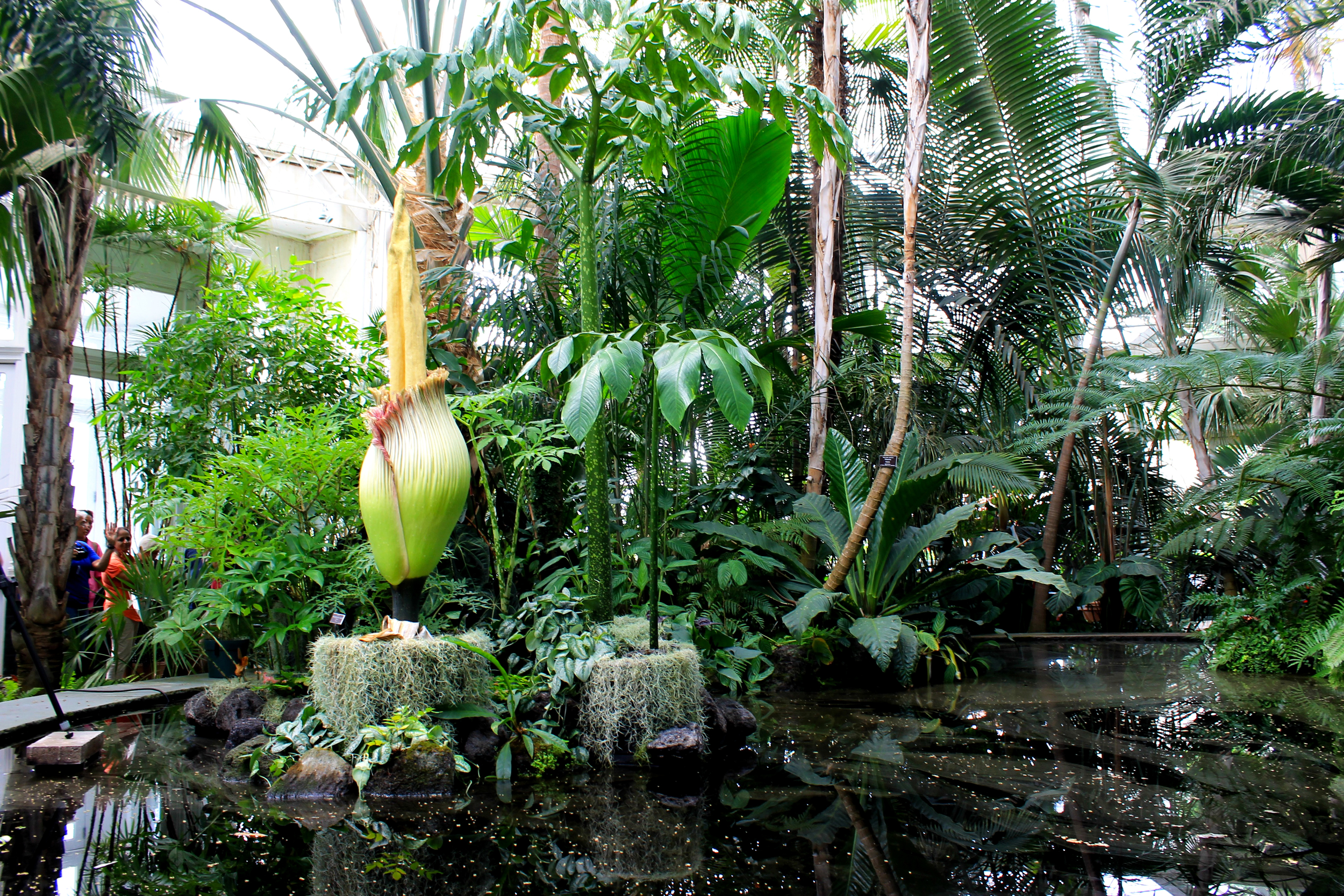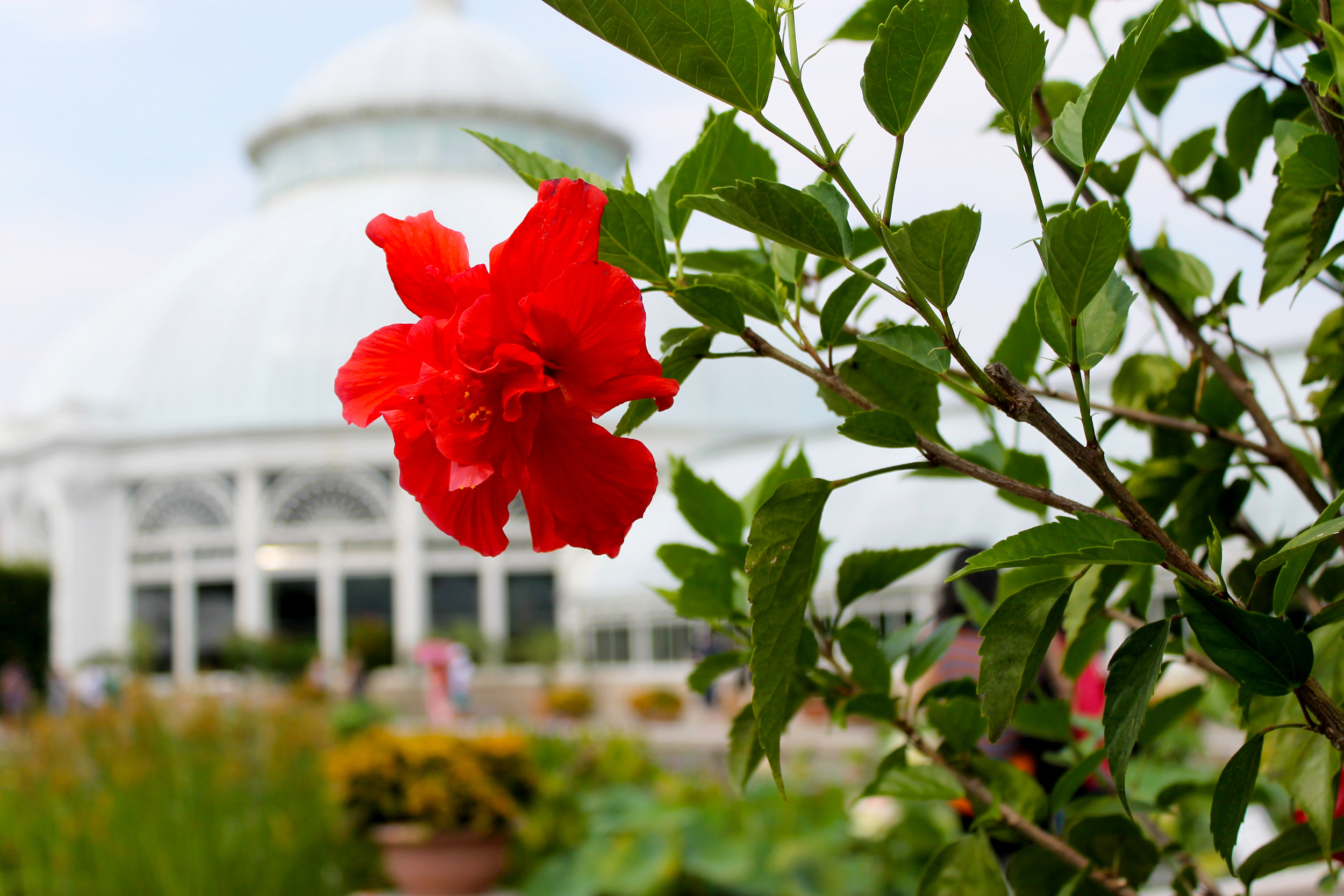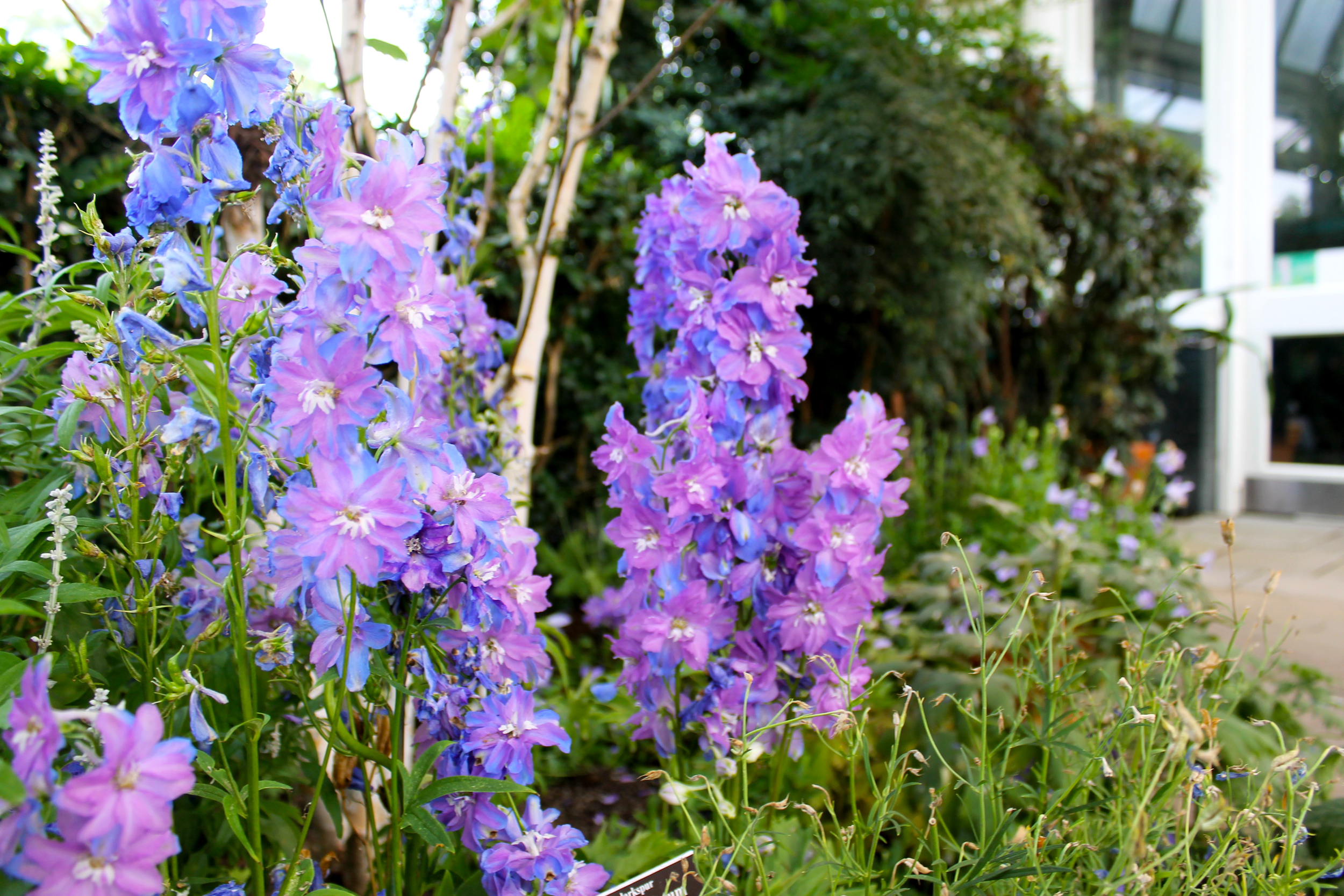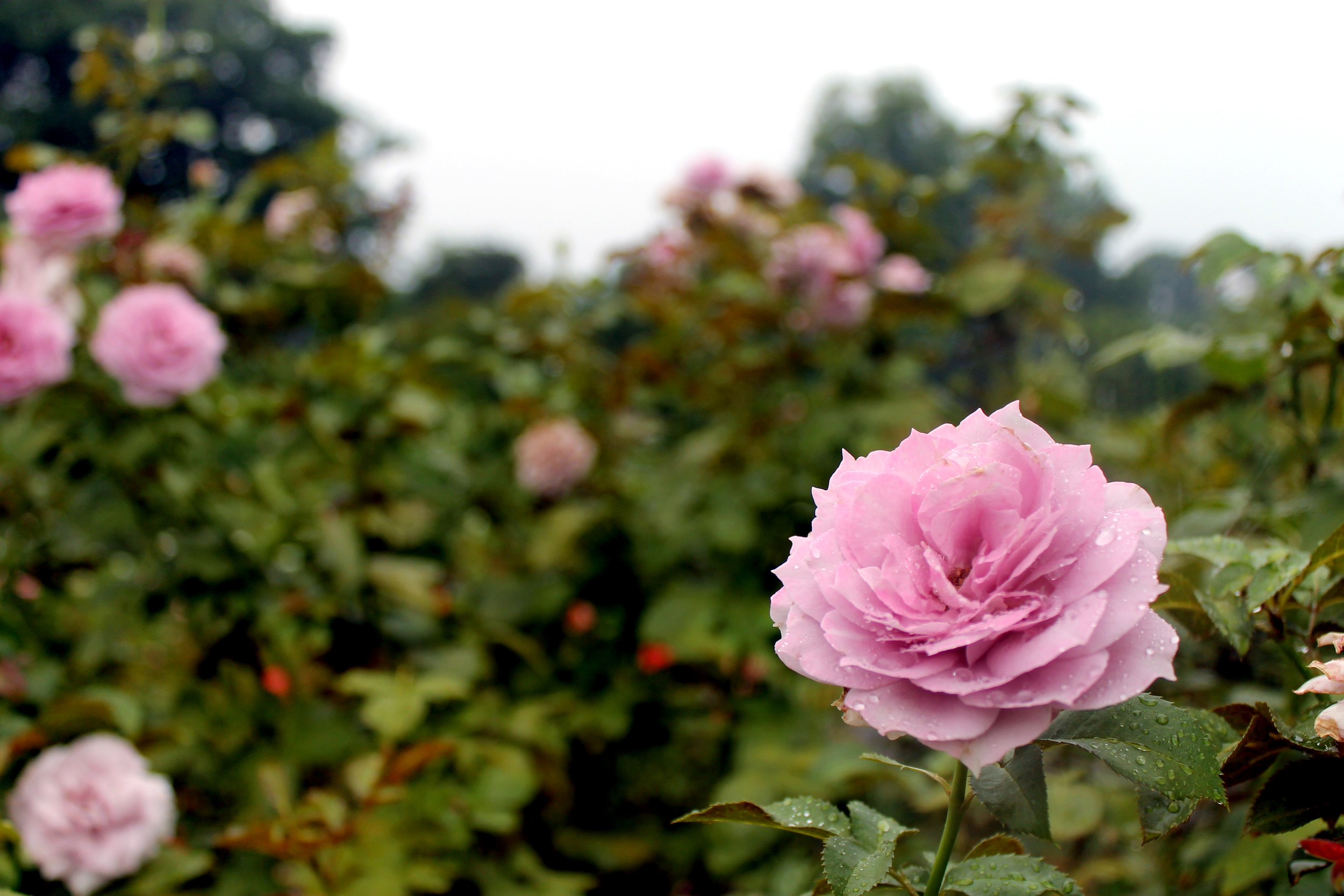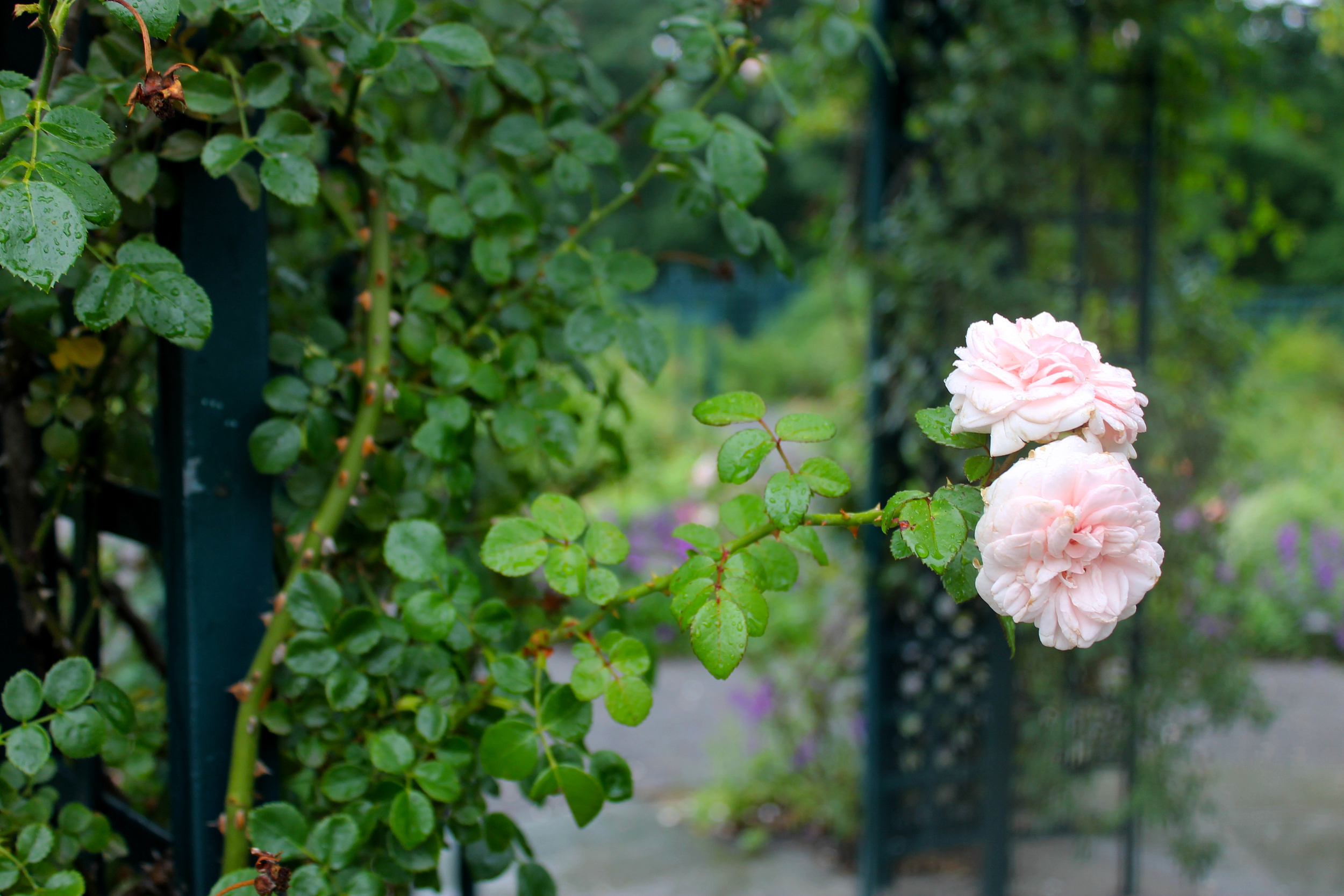Stop and Smell the Corpse Flower
Hey, what’s everyone looking at?
The scene was familiar, a crowd of people stood shoulder-to-shoulder like a many-headed creature bobbing up and down, squashing the toes of neighboring feet, snapping pictures, and shuffling along. It reminded me of being 20 and visiting Paris for the first time, my friends hurrying me through the Louvre, past all the other paintings and into a tight circle of spectators who only wanted to see her, the Mona Lisa. This time, however, it was a flower everyone crowded to see, albeit a flower that smells like Limburger cheese, or one might say, a corpse.
For the first time since 1939, an Amorphophallus titanum, also known as the corpse flower, bloomed at the NY Botanical Garden. But, if you weren’t there with the other 2500 people this past weekend, you already missed it.
So, what’s the big deal?
A man in front of me posed this question to his wife as he stared at the towering flower, which already closed by the time I arrived on Saturday. The hype around this flower is partially due to its unique life cycle, which makes it rare. It takes about seven to ten years for a corpse flower to build up enough energy to actually bloom, and then it only stays open for about 24 to 36 hours. This particular flower took over nine years to bloom and was obtained by The New York Botanical Garden in 2007.
You’ll see in the picture two other tree-like plants next to the flower, these are younger corpse flowers. In the years when the flower doesn’t bloom, it instead grows into one huge leaf that soaks up and stores energy from the sun in preparation for its future bloom cycle.
What’s with the smell?
The corpse flower doesn’t just smell like a corpse, it mimics the appearance of one to trick bugs that feed on dead animals into pollinating them. When open, the flower also brandishes a deep, red, rotting color, and heats up to help spread the corpse smell as far as possible. Producing that much heat takes a lot of energy, this is what it has been preparing for, and is why it can’t stay in bloom for very long. And while the smell is what draws most of the crowd in, I was more than happy we missed the stinky part.
The word of the day is corm.
Unlike any flower I’ve ever seen, this giant’s odd, bulbous base is called a corm, its spiky inner-tube is known as a spadix, which is surrounded by a big petal-like leaf called the spathe. The corm is where the energy that the plant gathers each year is stored. The tip of the spadix is what heats up and really spreads the smell. The outside of the spathe is green but when it unfolds, opening up, it reveals its red wine-stained center.
Was it worth seeing?
There’s always been some pessimistic, elite substance at my core that hates giving in to the status quo and seeing hype-induced sites, or maybe I just dislike crowds. Either way, there’s something about how we take pure and awe-inspiring things and turn them into boxes that need to be checked that’s always bothered me. As a traveler, there are a lot of landmarks I feel obligated to see because they’re part of the experience. When you tell people “No, I missed that,” they never ask about what you did instead, they just tell you how you missed out.
People who days before had never heard of a corpse flower were now zigzagged outside of the conservatory to catch a glimpse of this rare plant. Difficult to get a good photo, challenging to read any information on the little placards around the room, and impossible to stop and quietly contemplate the amazing life cycle of such a plant, something so different from ourselves. So, why bother?
This is what I grumpily contemplated as we too stood on line, unknowingly visiting the gardens the same weekend as this famous flowers debut. “I don’t even want to see the darn thing,” I grumbled feeling superior. It wasn’t until I thought about the fleeting, ephemeral existence, about the years of work and dedication that went into creating this moment, this rare bloom, that I realized what I was actually witnessing. This wasn’t just a flower, it was a testament to patience and diligence, this was a natural phenomenon almost ten years in the making. I wasn’t being an erudite by rolling my eyes at Mona Lisa and wanting to see the other great paintings at the Louvre, or wanting to move along past the “average Joes” to appreciate the hibiscus and franklin trees, I was being haughty and selfish. I was being a fool.
No, my life hasn’t changed now that I’ve seen the corpse flower. No, I don’t feel as if I was slighted by not seeing it fully open, though it would have been interesting. But, was it worth it?
I’m still not sure, what I did learn was sometimes, it’s best to share in the amazement, to just let go of logic, and follow the crowd as they stop to smell the stinky flowers.
(Or in this case, follow the crowd to the U.S. Botanic Garden in Washington, D.C.,where their stinky flower just unfurled. Hurry up though there’s probably only a few hours left).

